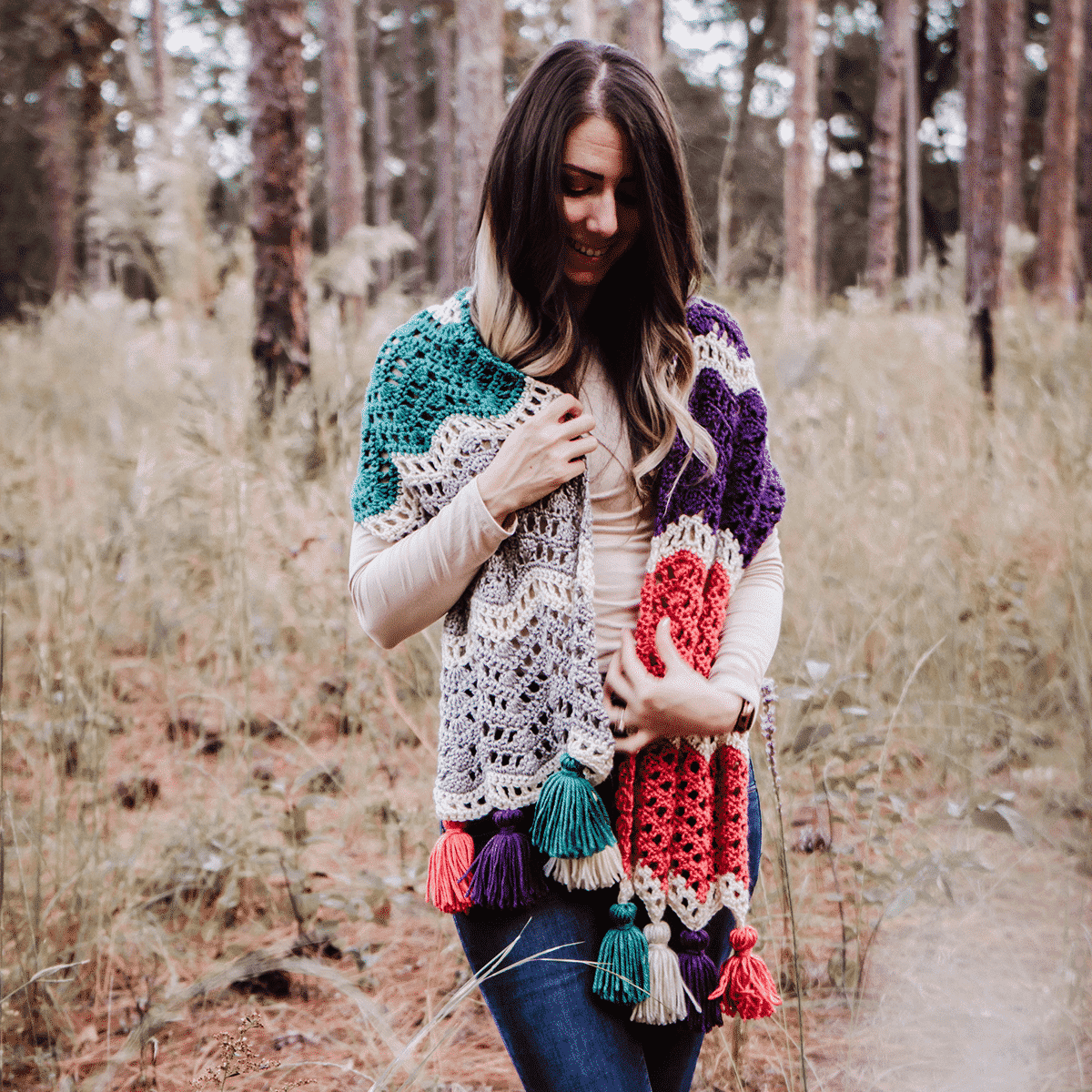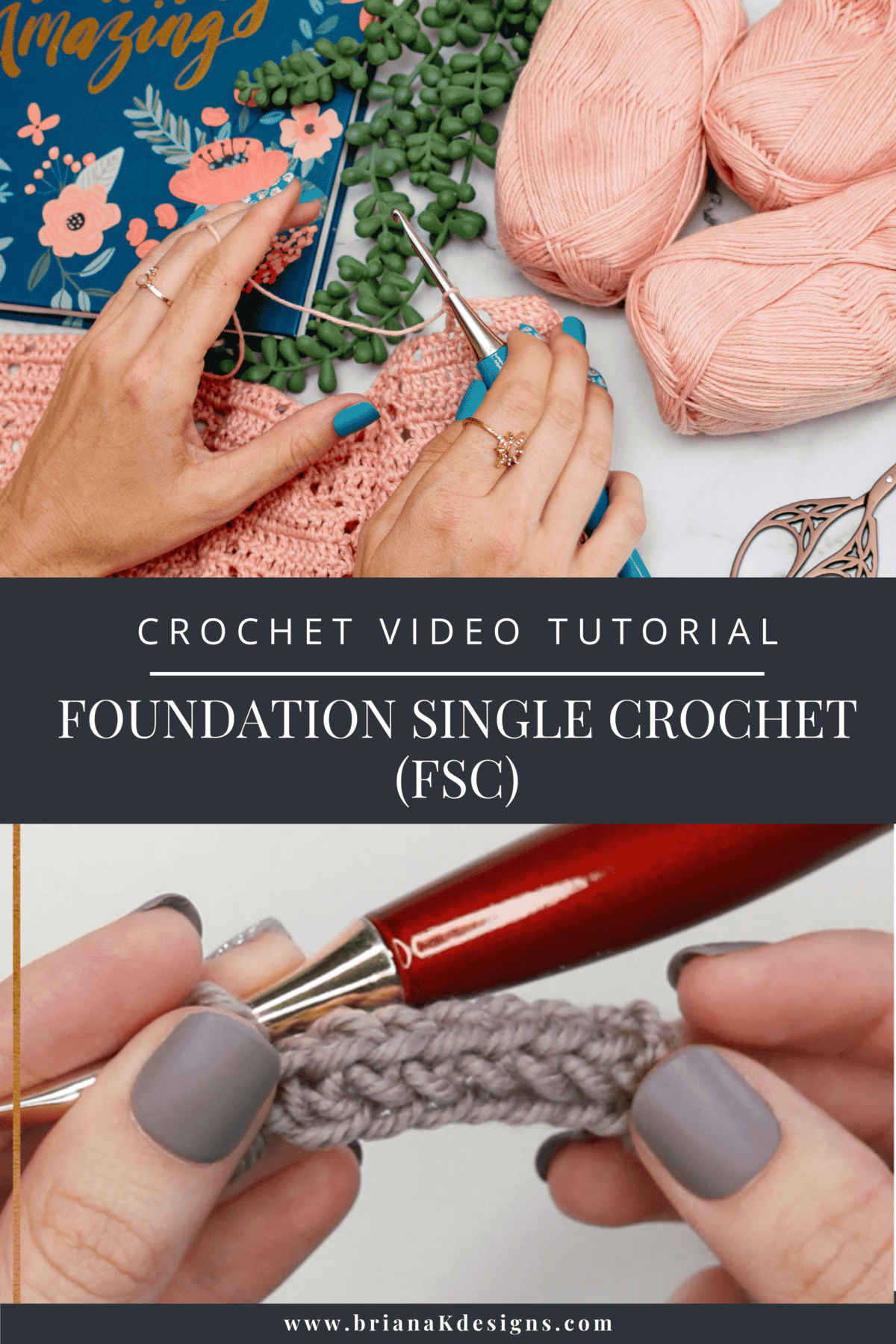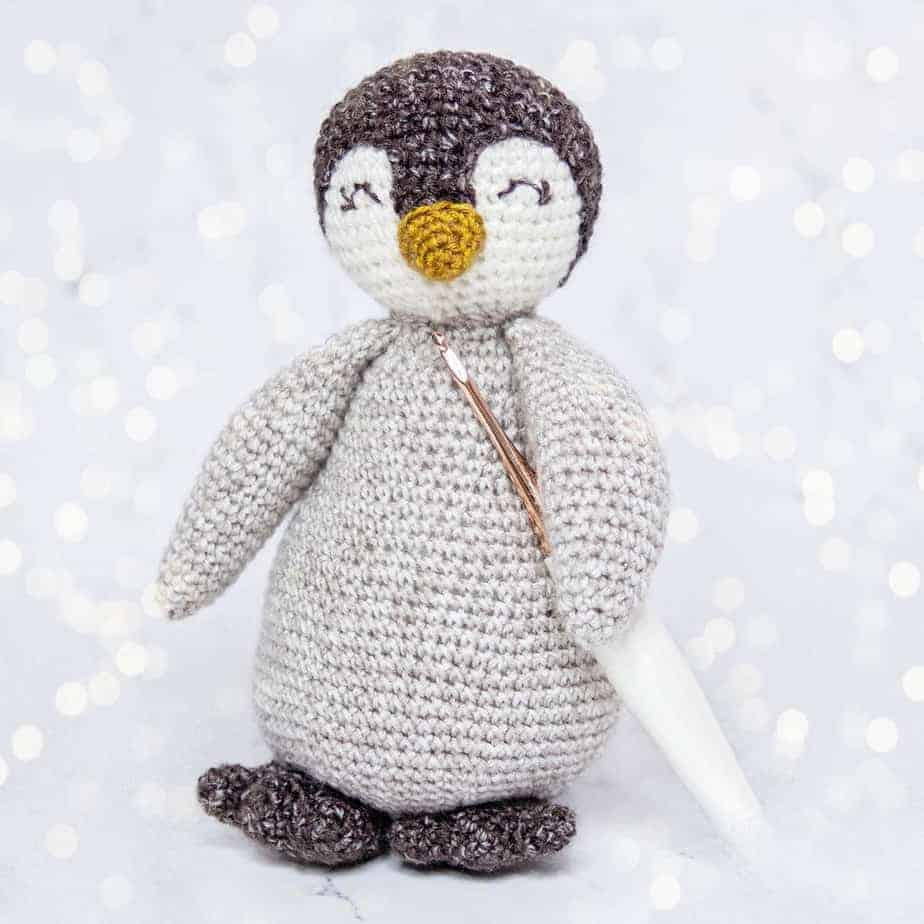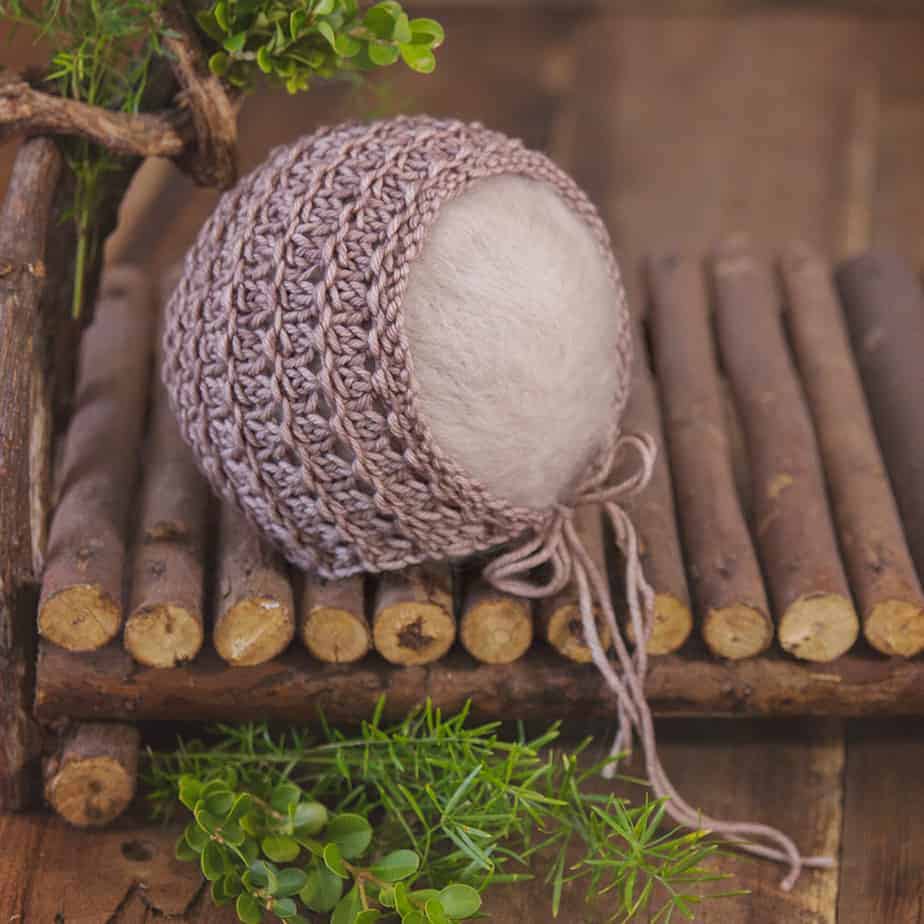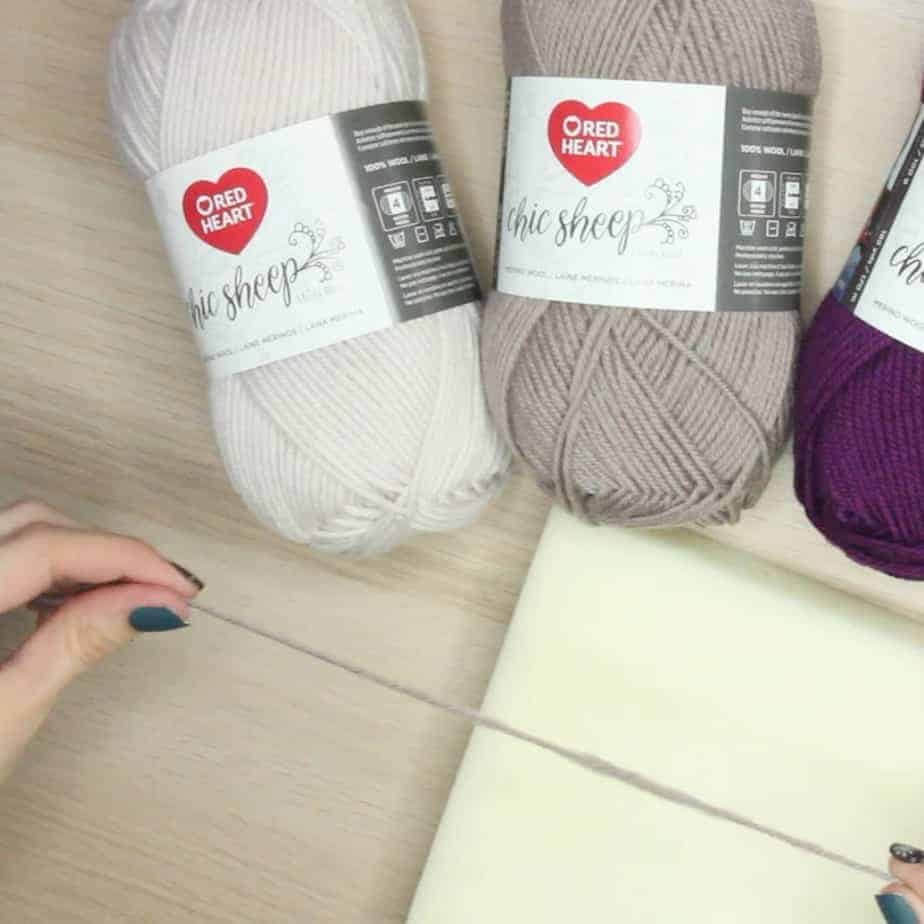Different Ways to do Knit Decreasing without Stress
In order to add shaping and unique stitches, it's essential to know how to decrease. And guess what? There is more than one way, in fact there are lots and lots of ways to decrease. Keep reading to learn how to decrease knitting.
One of my favorite things about knitting is manipulating the stitches to because unique works of art. There are the basic decreases, commonly the k2tog or p2tog, but some decreases go beyond to create more than just shaping.
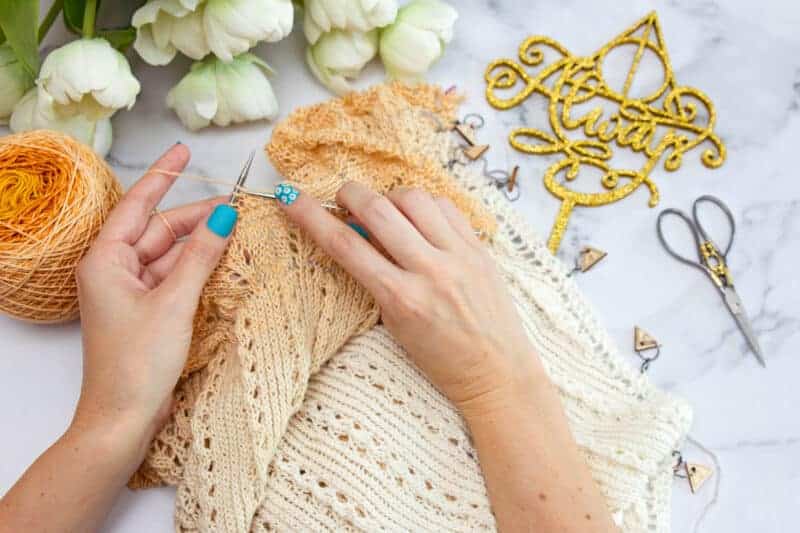
Disclosure: This post contains affiliate links. Please read my disclosure for more info.
How to Decrease Stockinette Stitch
Decreasing stockinette stitches is easy, and two different methods exist to accomplish this. The most common technique is to work two stitches together (K2tog) or purl two stitches together (P2tog). This will create a decreased stitch on the right side of the fabric.
You can also work a slip-slip-knit (SSK) or purl two stitches together through the back loops (P2tog tbl) for a more subtle decrease. This will create an invisible decrease on the right side of the fabric. With either technique, always remember to decrease on the same row as you increase for symmetry.
There are holes in my knitting! How do I fix them?
If you find holes in your knitting, the best way to fix them is by using a technique known as “weaving.” To do this, you must thread a tapestry needle with matching yarn.
Then, carefully weave the needle in and out of the stitches around the hole until it is closed. Be careful not to pull the yarn too tightly, which can cause puckering.
If necessary, you can also use a crochet hook to help close up the hole. With some patience and practice, you should be able to get your knitting back in shape.
Knitting Decreases In This Post
- k2tog (knit two stitches together)
- k2tog tbl (through the back loop)
- ssk (slip slip knit)
- p2tog (purl two stitches together)
- p2tog tbl (through the back loop)
- ssp (slip slip purl)
- s2pp (slip slip purl pass)
- sl1-k1-psso (slip 1, knit 1, pass slipped stitch over)
- sl1-k2tog-psso (slip 1, k2tog, pass slipped stitch over)
- cdd (Center Double Decrease)
How to Decrease Knitting Supplies
k2tog (knit two stitches together)
The k2tog is a right-leaning decrease and one of the most commonly used decreases. If you are wanting to narrow fabric that has decreases at the beginning and end of the row, the k2tog should be used at the end of the row, and the ssk would be used at the beginning of the row to properly shape the fabric.
Step 1:
With the working yarn in back, insert the right needle into the second, then the first stitches on the left needle (from left to right).
Step 2:
Wrap the yarn under and then over the right needle.
Step 3:
Pull a loop through the 2 stitches.
Step 4:
Drop the 2 stitches from the left needle. This completes the k2tog decrease.
k2tog tbl (knit two stitches together through the back loop)
Knitting two together through the back loop is a smaller decrease twisted stitch which also leans to the left.
Step 1:
Insert the right needle through the back loops of the first 2 stitches.
Step 2:
Knit the two stitches together. This completes the k2tog tbl decrease.
ssk (slip slip knit)
The slip slip knit is a smaller decrease twisted stitch which to the right. It is a smaller and tighter decrease.
Step 1:
Slip 1 stitch knitwise from the left to the right needle.
Step 2:
Slip another stitch knitwise from the left to the right needle.
Step 3:
Return the slipped stitches in their twisted position back to the left hand needle.
Step 4:
Knit the 2 stitches together in their twisted position. This completes the ssk decrease.
p2tog (purl two stitches together)
This decrease is helpful when you want to decrease on both the right-side and the wrong-side of your work when working in the stockinette stitch. You would use a ssp (slip slip purl) and a p2tog (purl two together) on the wrong-side purl rows. The p2tog leans to the right when viewed from the knit side and would be used at the beginning of the row when shaping knit fabric.
Step 1:
With the yarn in the front, insert the right needle purlwise through 2 stitches on the left hand needle.
Step 2:
Wrap the yarn over, then under the right needle.
Step 3:
Pull a loop through the 2 stitches.
Step 4:
Drop the 2 stitches from the left needle.. This completes the p2tog decrease.
p2tog tbl (purl two stitches together through the back loop)
This is a twisted decrease that leans to the left when viewed from the knit side. It's smaller and tighter in appearance. It can be a little awkward when decreasing through the back loop the first time, but worth learning.
Step 1:
Insert the right needle through the back of the second, then the first stitch on the left needle.
Step 2:
Wrap the yarn over, then under the right needle.
Step 3:
Purl the two stitches together. This completes the p2tog tbl
ssp (slip slip purl)
The ssp (slip slip purl) decrease leans to the left when viewed from the knit side. When decreasing on each end of a knit fabric, use the ssp at the end of the row.
Step 1:
Slip 1 stitch knitwise from the left needle to the right needle.
Step 2:
Slip 1 more stitch knitwise from the left needle to the right needle.
Step 3:
Slip the 2 stitches back to the left hand needle without twisting them.
Step 4:
With the yarn held in the front, insert the right needle from left to right through the back of the second, then the first stitch.
Step 5:
Wrap the yarn over, then under the right needle.
Step 6:
Pull a loop through the 2 stitches.
Step 7:
Drop the 2 stitches from the left needle. This completes the ssp decrease.
s2pp (slip slip purl pass)
The s2pp (slip slip purl pass) is a center decrease that lean towards the center of the stitch. It's often used on the wrong side (purl side) of stockinette stitch. This is worked over three stitches.
Step 1:
With the yarn in front, slip 1 stitch knitwise from the left to the right needle.
Step 2:
Slip a second stitch knitwise.
Step 3:
Insert the left needle into the 2 slipped stitches from left to right.
Step 4:
Slip the stitches to back to the left-hand needle.
Step 5:
Insert the right needle into the back of the second, then the first slipped stitch.
Step 6:
Slip the 2 stitches back to the right needle.
Step 7:
Purl the next stitch.
Step 8:
Lift the slipped stitches over the purl stitch and off the right-hand needle. This completes the s2pp decrease.
sl1-k1-psso (slip 1, knit 1, pass slipped stitch over)
The sl1-k1-psso (slip one, knit one, pass the slipped stitch over) is a left slanted decrease.
Step 1:
Slip one stitch as if to knit.
Step 2:
Knit the next stitch.
Step 3:
Insert left needle into front of slipped stitch on right needle.
Step 4:
Pass the slipped stitch over the knit stitch and off the right needle. This completes the sl1-k1-psso decrease.
sl1-k2tog-psso (slip 1, k2tog, pass slipped stitch over)
The sl1-k2tog-psso (slip one, knit 2 together, pass the slipped stitch over) is a left slanted decrease that decreases two stitches.
Step 1:
Slip one stitch as if to knit.
Step 2:
Knit the next 2 stitches together.
Step 3:
Insert left needle into front of slipped stitch on right needle.
Step 4:
Pass the slipped stitch over the k2tog stitch and off the right needle. This completes the sl1-k2tog-psso decrease.
cdd (center double decrease)
The cdd (center double decrease), also abbreviated as s2kp2, is a center decrease that leans towards the center of the stitch. It decreases by 2 stitches.
Step 1:
Slip the next two stitches from the left knitting needle to the right knitting needle as if to knit two together.
Step 2:
Knit the next stitch on the left knitting needle.
Step 3:
Insert the left knitting needle into the two slipped stitches and pull them over the first stitch and off the right knitting needle. This completes the cdd decrease.
I hope you enjoyed learning a few different ways of How How to Decrease Knitting. Check out my other knit tutorials for even more knitting tips and methods.
Well That Was Fun! What's Next?
📌 PIN THIS POST - Don't lose this project; save it to your Pinterest crochet board so you can quickly come back to it again.
💌 SHARE - Share your yarn choice, in-progress, or finished projects on Facebook or Instagram and use the hashtag #brianakdesigns
🥂 JOIN - Join the kindest crafters in the Briana K Designs Community Group on Facebook. We love yarny friends!
🔗 RAVELRY LINK -Link and share your project on Ravelry. Having inspirational photos can help crafters.
